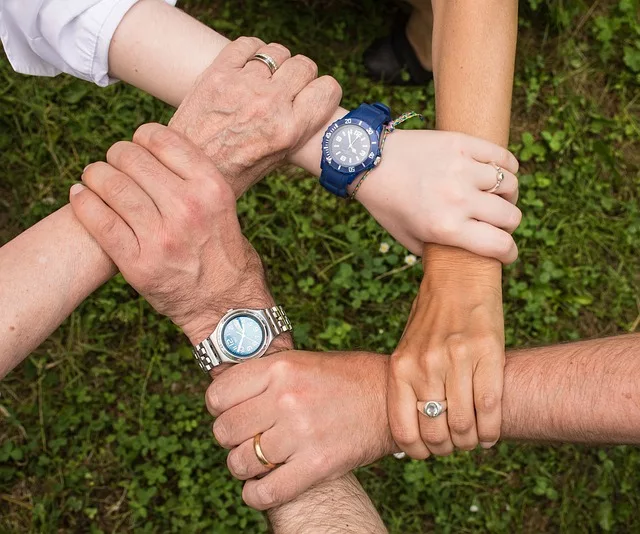Addiction is a complicated disease. Because it changes the chemistry of the brain, a person with substance abuse and dependency issues acts and thinks differently. In many cases, denial runs so deep that they’re not even aware of the damaging impact their illness has on their lives and those around them.
A Drug or Alcohol Intervention can help lift the veil of denial and show a person that they need to get help.

More than 23 million Americans need treatment for an illicit drug or alcohol abuse problem, reports the National Institute on Drug Abuse. Unfortunately, the statistics also confirm that less than 12 percent of these individuals will get the specialized care and attention that they need.
If done properly, interventions can be caring confrontations that lead to a person not only realizing that they need treatment but actually seeking it.
Here are 10 Steps for Creating a Positive Intervention
1. Plan Ahead
3 to 6 of a person’s closest friends should be included in the intervention. They should meet in private before the intervention to go over the plan and discuss what they will say to ensure there’s little repetition.
Discuss the best way to approach the intervention and how to stay calm and on track during the process while preparing for ways in which the subject of the intervention will respond so any denial can be addressed.
2. Speak With an Expert
Prior to the intervention, talk to an addiction therapist or counselor.
Not only can they help with the intervention plan, but they can also offer information and options on treatment facilities that must be ready to go by the time of the intervention.
They might even be included during the actual event.
3. Rehearse
If it all possible, it’s best to do a practice intervention without the individual present.
Here, participants can work out what they’re going to say and in what order.
This will allow for clearer lines of communication during the intervention process.
4. Prepare the Location
Do not overlook the space where the intervention will take place.
Make sure there is adequate seating for everyone in a neutral location. The intervention should take place in a place where there will be no interruptions.
Everyone must be present before the confrontation begins.
5. Define the Issues
A spokesperson or group leader should be chosen so that the individual doesn’t feel ganged up on.
Avoid any labels, such as “alcoholic” or “addict,” and lay out the issues in a calm, matter-of-fact manner.
Don’t shame a person. Instead, try to share the group’s concerns.
6. List the Facts
Present a list of losses the individual has already faced, such as relationships, jobs and possessions.
Keep it optimistic by including accomplishments or positive milestones that occurred before things started to go bad.
7. Use the Right Language
As participants get their turn to share, it’s important to sidestep a tone of blame. Use sentences that start with “I.”
For instance, “I am worried you’re going to hurt yourself by drinking” is better than “Your drinking scares me.”
8. Agree to Consequences
If the individual is threatening to walk out or refusing to listen, be prepared to follow through with some agreed-upon consequences.
These can range from losing custody of children, having them move out until they’re ready to get treatment, or perhaps taking away their car.
Do not list anything that you’re not willing to follow through on.
9. Present the Treatment Options
Based on the consultation with a therapist or counselor, let the person know what treatment facilities are able to help them the best and have available openings for them.
If there is travel involved to get there, have those details already worked out, along with packed bags.
10. Demand an Immediate Decision
Often the emotionally charged atmosphere of an intervention is just the thing a person needs to make the step into treatment.
Allowing an individual a few days to think about it gives them time to slip back into denial or worse, go on a dangerous binge.
If they agree with the plan, be prepared to get them into treatment immediately.
The goal of an intervention is to help the individual get the treatment they need.
The National Council on Alcoholism and Drug Dependence estimates that 90 percent of interventions when run by a trained professional, reach this goal.
Sometimes, going on the offensive and intervening on a loved one’s behalf can save their life.
Related:
10 Ways How to Help an Alcoholic
Choosing Between Inpatient and Outpatient Addiction Treatment
Motivational Enhancement Therapy (MET)
Naltrexone and Alcoholism – Treating a Disease with Medicine





